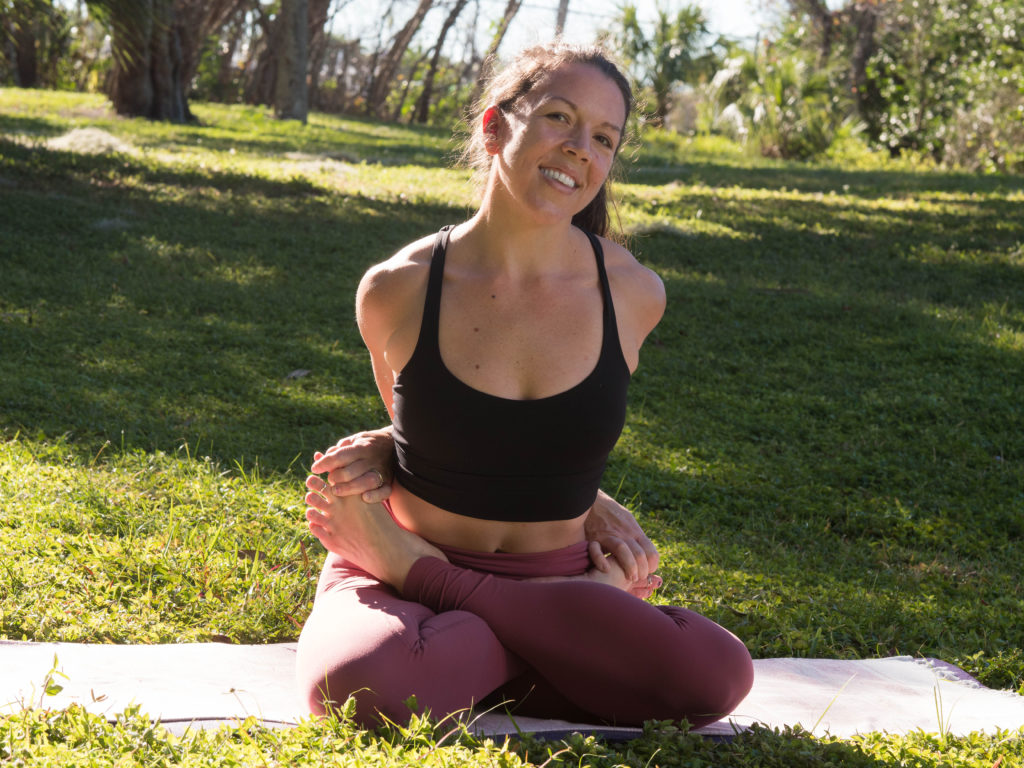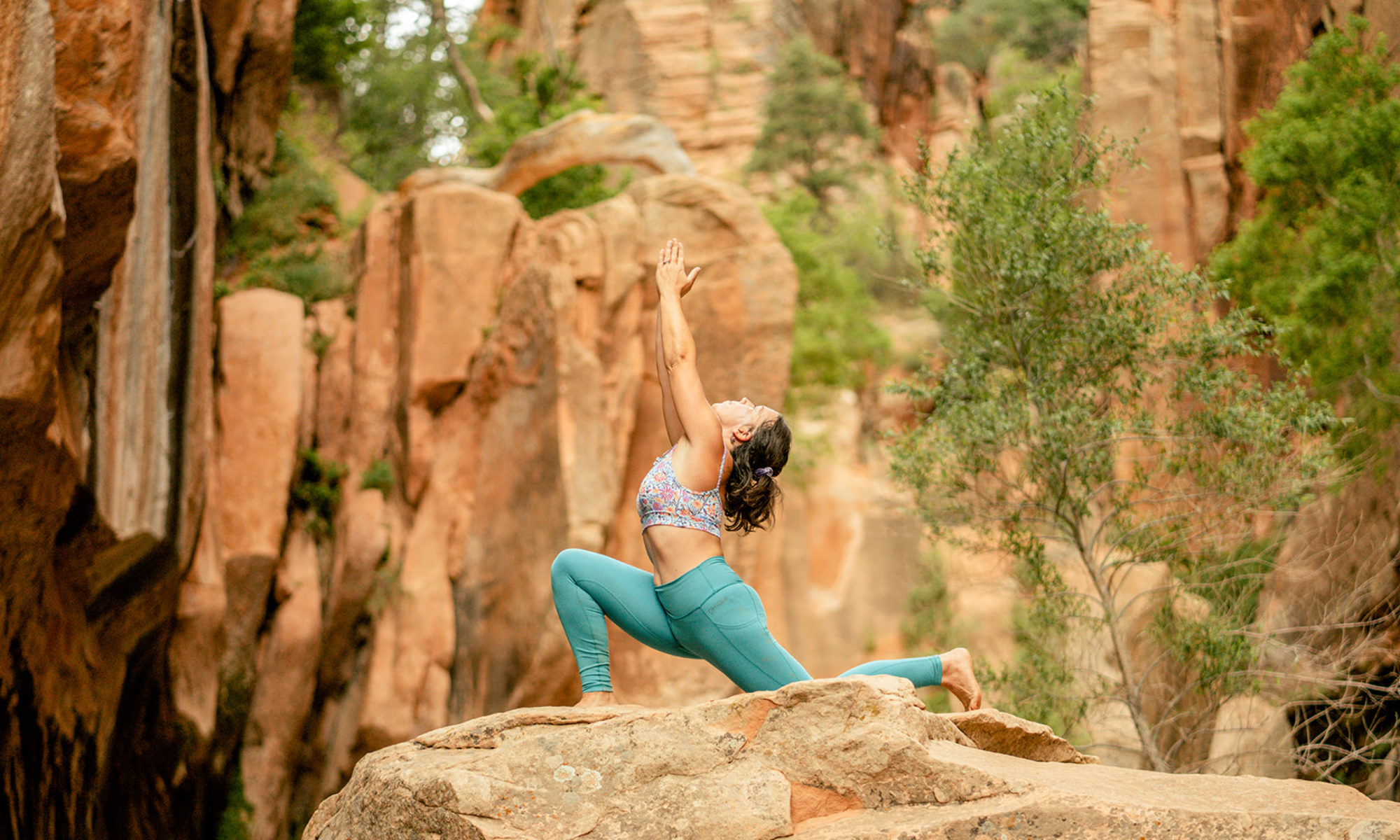In my previous post: But First, Kriyā Yoga, I laid out the idea that kriyā yoga is where Patañjali intended for yogis with a distracted mind begin their journey of yoga. Patañjali explains this method of kriyā yoga allows us to overcome the suffering caused by the kleśas (afflictions of being human), and guides us toward samādhi (eternal peace/bliss).
Kriyā yoga is comprised of: tapaḥ, svādhyāya and iśvarapraṇidhānām.
- Tapaḥ – to burn or create heat as a means of cleansing and purifying. Also, self-discipline to stay committed to the spiritual path and continue to execute the necessary practices.
- Svādhyāya – study of the true Self, Honestly and continually through study of sacred texts, repetition of mantras, meditation, etc.
- Iśvarapraṇidhānām – Devotion and connection to something that is greater than you: God, the Universe, Buddha, the Unknown, etc.
These three practices, when done for a long time, without break and with care will lead the aspirant to a more peaceful existence and prepare them for the subtler components of the yoga journey. In fact, the yoga postures many of us do regularly can most accurately be described as Kriyā Yoga according to Patañjali. These postures, when approached with the appropriate mindset, are a means to overcome the patterns of human suffering (kleśa) on all levels. Reducing conscious and unconscious forms of suffering from our hearts, minds and bodies is essential to prepare the aspirant for the powerful journey of Patañjali’s eight-limbed path (Aṣṭāṇga Yoga) toward freedom and liberation.
This eight-limbed path consists of:
- Yama – Guidelines for interacting with the external world
- ahiṁsā
- satya
- asteya
- brahmacarya
- aparigrahāḥ
- Niyama – Guidelines for interacting with ourselves as beings in the world
- śauca
- santoṣa
- tapaḥ
- svādhyāya
- Iśvarapraṇidhānām
- Āsana – Postures for meditation
- Prāṇāyāma – Breath practices
- Pratyāhāra – Sensory control
- Dhāraṇā – Concentration
- Dhyāna – meditation
- Samādhi – Peace/Bliss
These eight limbs are the ladder the yogi climbs toward ultimate freedom. Climbing on the firm foundation of peace our kriyā yoga practice has built, yogis are able to integrate the first two rungs (limbs) of the Aṣṭāṇga Yoga system Patañjali has laid out. The first two limbs are the powerful guidelines and observances of Yama and Niyama. The first limb, Yama, is the first step along this ladder and is known as the mahāvrata – The Great Vow.
This great vow is taken by yogis as a promise to themselves and the world to not be ruled by their minds and impulsive responses, but instead to live a life fully awake and aware of their engagement with and impact on it.
The yogis committing to this Great Vow are committing their lives to the continual practice of self-discipline, self-study and connection to the beyond as a pathway toward peace.
Over the next ten days, we’ll explore each of these Yamas (mahāvrata) as well as the Niyamas and try to understand how we can start to integrate the lessons of these guidelines in our posture practice and our daily lives.
Through the lens of our practice, we can start to view our patterns and reactions as a means to known them and adapt/change them as needed. I encourage you to practice with extra care over the next few weeks and journal about your experience on and off the mat. This will give you an additional tool to process the ideas and concepts we’ll explore throughout the challenge.
See the daily schedule below and follow the tag #yogafoundationschallenge on Instagram to hear experiences from our community as well as share your own. Now, you take practice 🙂
- Monday, January 27 – Ahiṃsā, non-violence includes so much more than you might think
- Tuesday, January 28 – Satya, the vast extent of truthfulness
- Wednesday, January 29 – Asteya, understanding the scope of non-stealing
- Thursday, January 30 – Brahmacarya – celibacy and what it means for the yogi
- Friday, January 31 – Aparigraha – non-grasping, feeling the difference between holding and grasping
- Saturday, February 1 – Śauca – cleanliness and why it’s so important on our spiritual journey
- Sunday, February 2 – Saṃtoṣa – contentment, feeling joy everywhere
- Monday, February 3 – Tapas – self-discipline as a path toward freedom
- Tuesday, February 4 – Svādhyāya- self-study, repetition of mantras and calming the mind
- Wednesday, February 5 – Īśvara Praṇidhāna – connection to the unknown
* About Jessica
* Upcoming Events & Workshops

You Might Also Enjoy:
- Always Looking, Never Seeing
- Returning to the Mat
- Yoga Doesn’t Really Mean Union
- Three Gifts
- What Does It Really Mean To Practice Non-Attachment
- Ashtanga Opening Mantra
- Yoga To Sleep Better At Night
- Some Truth About Ashtanga Yoga
- Yoga Brings Out The Worst In Me
- Catvāri cringe
- Into The Shadows – the elusive search for happiness in Ashtanga Yoga
- …and in all earnestness
- Ashtanga Yoga and the Ego
- Guru Gratitude
- 5 Ways to Find Joy, Even When You’ve Got The Grumps
- The Grateful Game
- Yoga And The Quest To Know It All
- Standing Up From Backbending – How I Overcame My Fears
- Keeping Guruji With You When You Practice
- The Heart of Ashtanga Yoga: The Tristhana Method
- Ashtanga Yoga is a Breath Practice. Seriously, It REALLY Is
- The Seven Words that Changed My Practice
